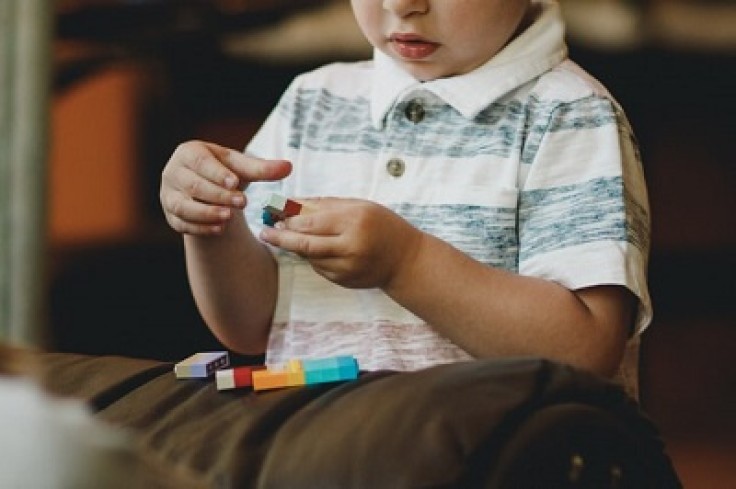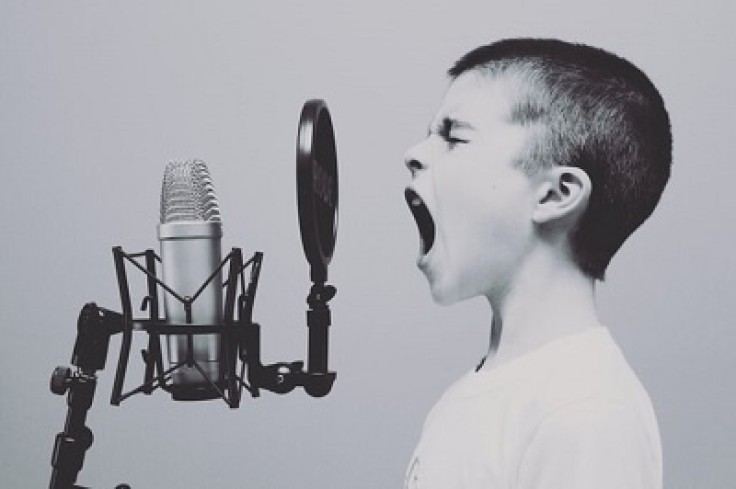Children meet milestones at different periods. A parent or teacher has to take note that some children may have learning disabilities. If you suspect your child as having learning ailments, it is best to identify first what troubles your child.
EducationDegree.com presents the guidebook "A Teacher's Guide to IDEA: Supporting Students with Disabilities." It explains the best practices to help diagnose students in school.
Here are the 13 categories of disabilities to take note of according to Education Degree.
Autism
A developmental disorder that affects verbal and nonverbal communication is an Autism Spectrum Disorder (ASD). If your child lacks eye contact, repeats certain behavior, and does not respond to direct behavior, he could have ASD. Other signs also include misunderstanding common social cues and unusual reactions to schedule changes.

See also: Family matters: Why family needs to join child therapy
Deafblindness
People who have simultaneous hearing and visual impairments that hinder them from having general schooling have deaf-blindness. A child who does not respond to sound or voices could be deaf-blind. He may not follow the motion of people also. Such a kid would hold objects too close to the face. He may also adjust or squint his head to focus on something.
Developmental delay
Children who do not reach the required milestones in speech, language, fine and gross motor, cognition, socialization, and emotion in time fall under this category.
Emotional disturbance
This disability applies to children who show aggressive behavior. They disrupt daily tasks, lack empathy, focus problems, could not comply with rules, and have unexplainable fears.
See also: How to discipline children with ADHD and autism effectively

Hearing impairment
A child whose hearing is decreased, or one who is deaf, is in this category. The problem could happen to one or both ears.
Intellectual disability
Here, a child could either have intellectual problems or a hard time adapting to changes. The child cannot perform daily tasks properly. He also cannot work with other people.
Multiple disabilities
This group includes those who have two or more of the disabilities. It does not include deaf-blindness.
Orthopedic impairment
Problems with bones, muscles, or joints that prevent a child from doing well in a standard school fall under this group.

See also: Children with Disabilities Are Greatly Affected by The Coronavirus Pandemic
Other health impairment
If the strength, alertness, or vitality of a child is affected by chronic or acute health problems, he is in this group.
Specific learning disability
A child whose way of learning is affected by neurological disorders has a specific learning disability. It affects reading, writing, and math. It could also affect other tasks at school.
Speech or language impairment
This type includes children who have language or voice problems. They would stutter when talking or have a hard time making a distinct sound.
Traumatic brain injury (TBI)
TBI is the result of any external physical force that includes the head hit, shaken, or a fall. The impact causes a change in behavior, movement, or the way a kid processes information.
Visual impairment
A child with partial sight and other vision problems, including blindness, fall under this type.